Switzerland is home to some of the most breathtaking alpine lakes in the world, offering crystal-clear waters, dramatic mountain backdrops, and a refreshing escape into nature. For those who love outdoor adventures, wild swimming in these pristine lakes is an unforgettable experience.
This guide explores the best wild swimming spots in Switzerland, safety tips, and how to enjoy this activity responsibly while preserving the natural environment.
1. Why Wild Swimming in Switzerland?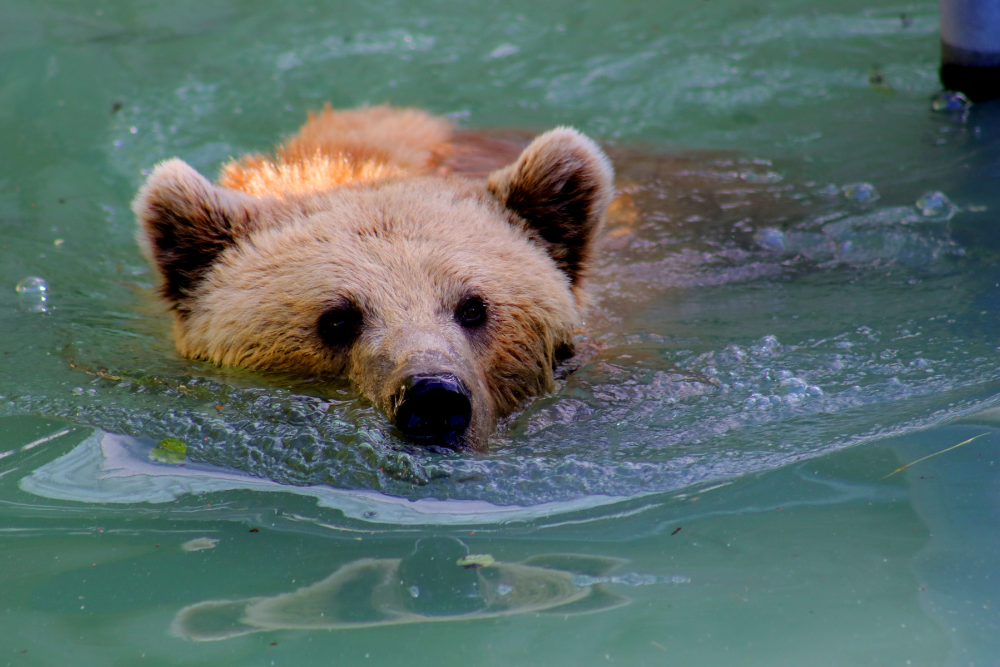
Switzerland’s lakes are among the cleanest in the world, fed by glacier meltwater and underground springs. With strict environmental regulations, these waters remain pollution-free, making them ideal for swimming.
What Makes Wild Swimming in Switzerland Special?
- Stunning Scenery – Swim with views of the Swiss Alps, rolling meadows, and dense forests.
- Pure, Fresh Water – Many lakes are safe to drink from and have exceptional water quality.
- No Crowds – Many remote lakes offer a solitary and peaceful experience, far from tourist crowds.
2. Best Alpine Lakes for Wild Swimming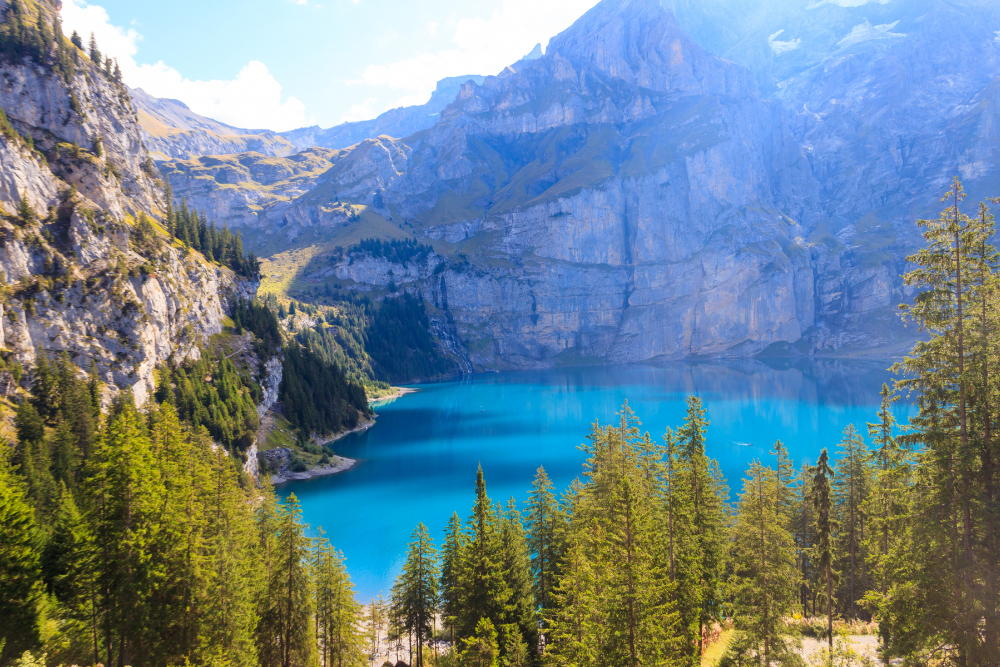
2.1 Lake Oeschinen (Oeschinensee) – A Hidden Gem in the Bernese Alps
- Location: Near Kandersteg, Bernese Oberland
- Why Visit: A glacial-fed turquoise lake, surrounded by rugged peaks.
- Best Time to Swim: July to September (water is cold year-round).
- How to Reach: Take a gondola from Kandersteg, then hike 30 minutes down to the lake.
- Wild Swimming Tip: Swim near the small beach areas where the water is slightly warmer.
2.2 Lake Cauma (Caumasee) – Switzerland’s Caribbean-Like Paradise
- Location: Flims, Graubünden
- Why Visit: Known for its emerald-green water, Caumasee feels like a tropical oasis.
- Best Time to Swim: June to September (warmer than most alpine lakes).
- How to Reach: A short hike from Flims or take the Caumasee funicular.
- Wild Swimming Tip: Go early in the morning for a quiet, peaceful experience.
2.3 Lake Seeberg (Seebergsee) – A Secluded Mountain Retreat
- Location: Diemtigtal Nature Park, Bernese Oberland
- Why Visit: A remote alpine lake surrounded by grassy meadows and rocky cliffs.
- Best Time to Swim: July to September.
- How to Reach: A hike from Schwarzenbühl (about 1.5 hours).
- Wild Swimming Tip: The shallow edges warm up in the sun, making swimming more comfortable.
2.4 Lake Blausee – Switzerland’s Most Enchanting Blue Lake
- Location: Near Kandersteg, Bernese Oberland
- Why Visit: Famous for its deep blue, crystal-clear waters, this small lake is magical.
- Best Time to Swim: Summer (but the water remains cold).
- How to Reach: A short walk from the Blausee Nature Park entrance.
- Wild Swimming Tip: The lake is inside a protected area, so check for swimming restrictions.
2.5 Lake Arnensee – The “Pearl of the Saanenland”
- Location: Near Gstaad, Bernese Oberland
- Why Visit: A quiet, off-the-beaten-path lake with deep blue waters.
- Best Time to Swim: Late summer when the water warms up slightly.
- How to Reach: Drive from Gstaad or hike from Col du Pillon.
- Wild Swimming Tip: Bring a wetsuit if you plan to swim for an extended period.
3. Safety Tips for Wild Swimming in Alpine Lakes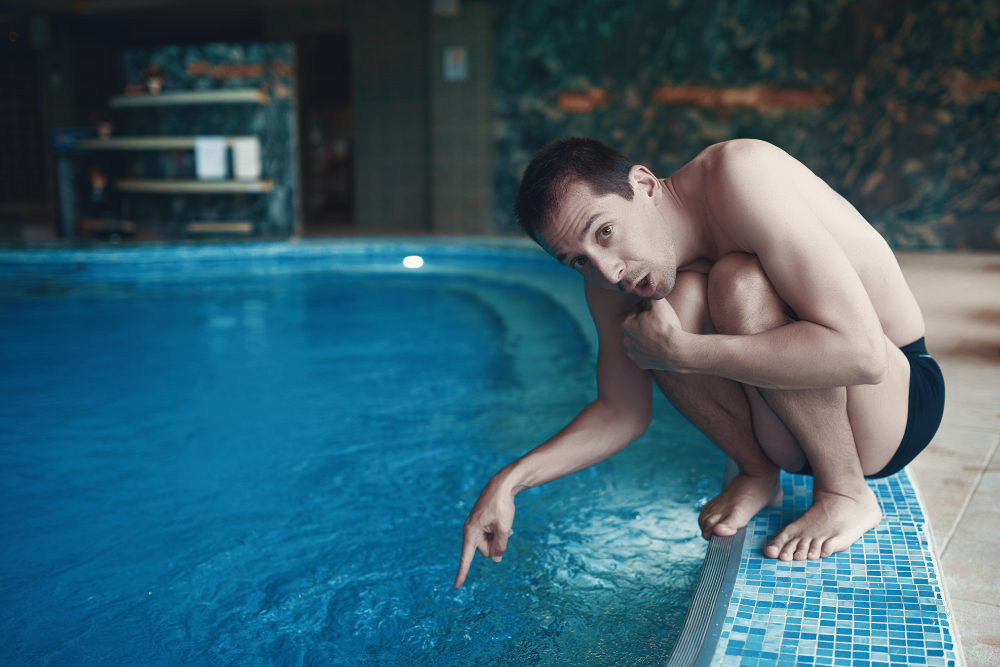
Swimming in cold, glacial-fed lakes requires extra precautions. Here are essential safety tips:
3.1 Be Aware of Cold Water Shock
- Alpine lakes are much colder than regular lakes, even in summer.
- Enter the water slowly to let your body adjust.
- Avoid sudden immersion, as cold water shock can cause gasping and rapid breathing.
3.2 Know Your Limits
- Swim close to the shore if you are not accustomed to cold water.
- Avoid swimming alone—always have a partner or someone watching from the shore.
- If you feel numbness or shivering, get out of the water immediately.
3.3 Check the Weather Conditions
- Sudden weather changes in the Alps can make swimming dangerous.
- Avoid swimming in strong winds or stormy conditions.
3.4 Use Proper Gear for Cold Water Swimming
- Wear a wetsuit if swimming in lakes with water temperatures below 15°C (59°F).
- Bring water shoes to protect your feet from sharp rocks.
4. Sustainable Wild Swimming: How to Protect Switzerland’s Lakes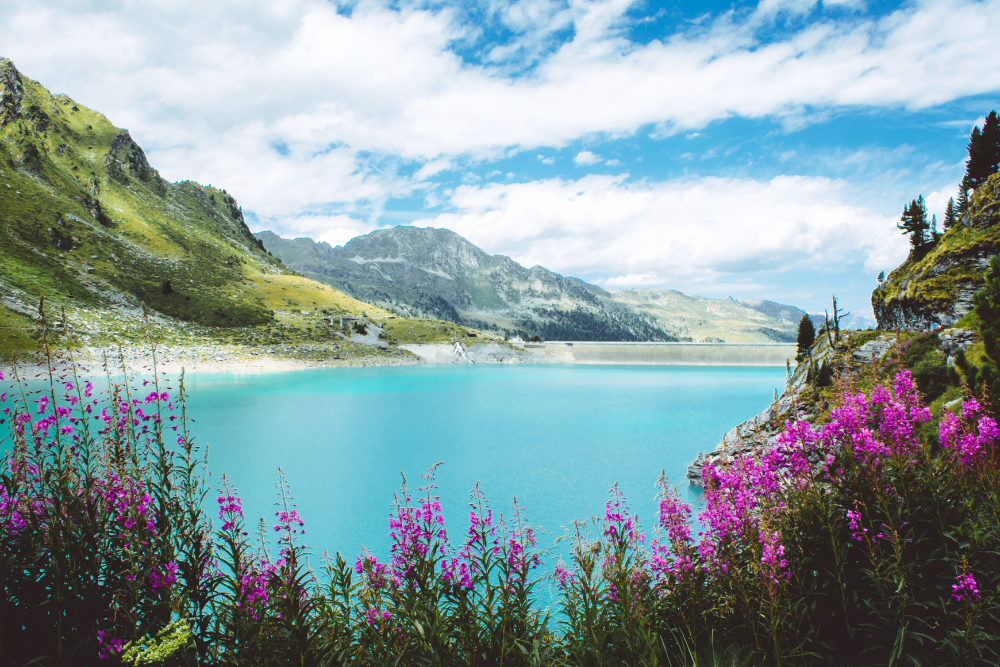
4.1 Leave No Trace
- Do not use soap or shampoo in the lakes, even if biodegradable.
- Take all trash with you—keep the lakes as pristine as you found them.
4.2 Respect Wildlife
- Avoid disturbing fish, birds, and other wildlife.
- Swim only in designated areas to protect fragile ecosystems.
4.3 Avoid Overcrowded Spots
- Many lakes, like Lake Cauma, are becoming overcrowded in summer. Visit during early morning or off-season to reduce environmental impact.
4.4 Support Local Communities
- Buy local products and food in nearby villages.
- Choose eco-friendly transportation, such as trains and buses, instead of driving.
5. Other Activities to Combine with Wild Swimming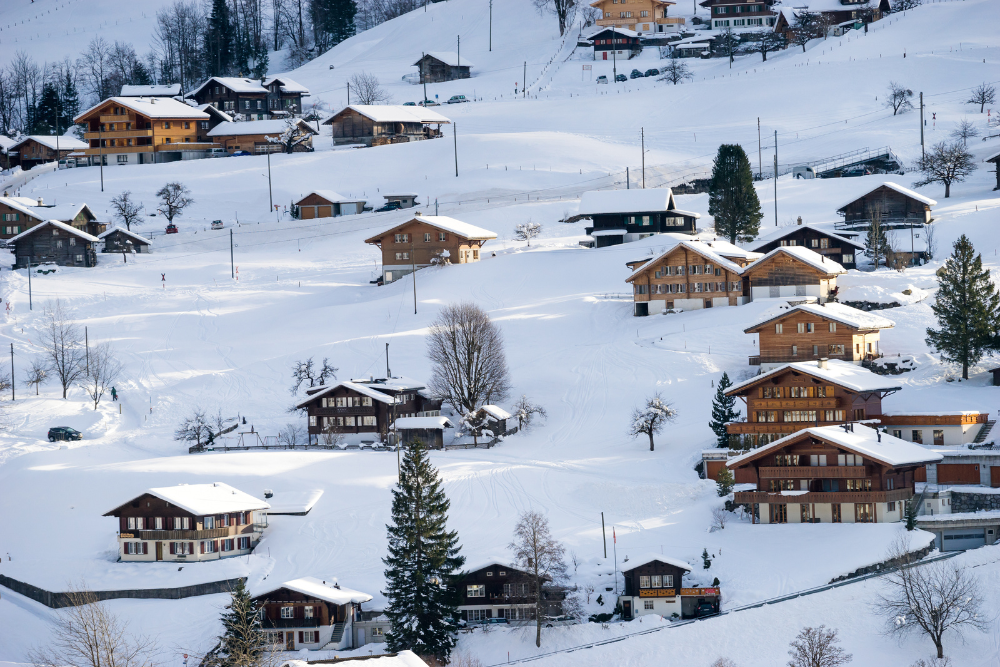
5.1 Hiking & Swimming
- Hike to Lake Oeschinen and enjoy a swim after a scenic mountain trek.
- Explore the Flims hiking trails before cooling off in Lake Cauma.
5.2 Paddleboarding & Kayaking
- Rent a paddleboard at Lake Geneva for a fun mix of paddling and swimming.
- Try kayaking on Lake Arnensee for a more relaxing experience.
5.3 Camping & Swimming
- Stay at Camping Oeschinensee for an unforgettable lakeside camping and swimming adventure.
- Wild camp near Seebergsee (where permitted) for a remote alpine experience.
Conclusion
Wild swimming in Switzerland offers a unique way to connect with nature, experience crystal-clear alpine waters, and enjoy breathtaking mountain scenery. Whether you’re looking for a relaxing dip in a turquoise lake or an adventurous swim in a glacial-fed pool, Switzerland has something for every nature lover.
By following safety precautions and respecting the environment, you can enjoy Switzerland’s wild swimming spots responsibly while preserving them for future generations.












